|
Male Pyrrhuloxia, Battiste Bed, Breakfast and Birds, Hereford, Arizona, February 15, 2022.
Tony has multiple feeders on the east side of his property along with a two seat photo blind, in addition to generous seating for non-photographers. The feeders have a natural appearance with a minimum of plastic and steel. He stocks the feeders at sunrise with seeds, nectar, and his own home made suet, which brings the birds in. Sitting in the blind you will notice the sun rising to your right, creating excellent lighting. During our two night stay, we found our most productive birding right in Tony's yard, as evidenced by the photos in this post. Below is a detail map of the location of Battiste Bed, Breakfast and Birds, (right at the square with "45" in the middle, from Adobe Lightroom). Fort Huachuca is off the map to the top and left, a 25 minute drive. Northern CardinalCanon R6, RF 100-500 mm at 500 mm, f/7.1, 1/800 sec, ISO 200. It is hard to find someone who does not like Northern Cardinals; after all, they are the state bird of 7 states in the U.S., and the name/mascot for multiple sports teams. They live year round throughout the east coast, west into the plains states, and southwest into Texas, and southern New Mexico and Arizona. The males derive their red color from carotenoids in their diet and don't molt into duller plumage during the year. After a snowfall, northerners commonly see a flash of red on white at their feeders. Northern Cardinals are songbirds (Order: Passiformes) in the Family Cardinalidae, along with 14 other species, including Pyrrhuloxia, Tanagers, Grosbeaks and Buntings. The male is red with black around the orange conical shaped bill. He sports a red crest. The birds we see here are enjoying Tony's special suet blend, and warming up in the sun. (It was in the 30's when I crawled into the blind). Below we see the female Northern Cardinal: same orange conical bill, grey to black around the bill, and the characteristic crest. Canon R6, RF 100-500 mm at 500 mm, f/9.0, 1/1250 sec, ISO 1600. Above and below, female Northern Cardinal enjoying breakfast. Canon R6, RF 100-500 mm at 500 mm, f/7.1, 1/800 sec, ISO 640. PyrrhuloxiaCanon R6, RF 100-500 mm at 500 mm, f/7.1, 1/2000 sec, ISO 1000. The Pyrrhuloxia is one of the 14 species in the Family Cardinalidae. They live year round in southern Texas, New Mexico and Arizona, and into northern Mexico including the tip of Baja California. They have a distinctive crest, red and gray coloration, and a bill that is parrot-like with a curved culmen on the upper edge for cracking seeds. The image below is not the sharpest, but I love catching birds in flight when I can. The UFO to the lower right of the frame is part of a hummingbird feeder. For the photo geeks: note that the tail is still in focus as he flies into the distance, but nevertheless the viewers eye is drawn to the birds eye, which is not sharp, and makes this photo less an optimal. Oh, and the UFO. Canon R6, RF 100-500 mm at 500 mm, f/9.0, 1/2000 sec, ISO 1000. Two more shots of the male, below, sitting on a cactus, and in flight. In the image directly below, the grayish bill (in contrast to orange of the Cardinal) is evident along with the parrot like culmen. To my eye, these birds look a bit like small parrots. The inflight photo that follows is not sharp, but fun. Canon R6, RF 100-500 mm at 500 mm, f/7.1, 1/2000 sec, ISO 5000. Canon R6, RF 100-500 mm at 500 mm, f/7.1, 1/2000 sec, ISO 5000. The 5 images below show the female Pyrrhuloxia, same general characteristics as the male, but less red. To my eye, Pyrrhuloxia have a definite "cute factor" not shared by Cardinals. Canon R6, RF 100-500 mm at 500 mm, f/9.0, 1/1000 sec, ISO 640. Many thanks to Tony Battiste for his help with bird identification, especially the parrot-like bill in the Pyrrhuloxia. Yellow-rumped Warblers: Audubon's and Myrtle'sCanon R6, RF 100-500 mm at 500 mm, f/7.1, 1/2000 sec, ISO 2000.
The bird above at the lead and below is an Audubon's, with characteristic yellow "arm pits" , rump, and throat. The yellow on the rump is just barely visible. Canon R6, RF 100-500 mm at 500 mm, f/7.1, 1/2000 sec, ISO 640. The Myrtle subspecies was visiting as well, seen in the images below as a group. The throat is white with a hint of yellow on the crest. Canon R6, RF 100-500 mm at 500 mm, f/7.1, 1/2000 sec, ISO 1250. Mexican JayCanon R6, RF 100-500 mm at 500 mm, f/7.1, 1/2000 sec, ISO 640. The Mexican Jay is a song bird (Passiformes) in the Corvid family, one of 133 species in the family, along with jays, crows and ravens. Mexican Jays live communally in family groups of up to 25 individuals, and stay together throughout their lives. Their range is central mountainous Mexico up into SE Arizona and western New Mexico, and into very southern Texas. They are year round residents and regulars in birding hot spots such as Hereford and Madera Canyon. The Corvid family is known for its intelligence, including use of tools. For more on these remarkable birds, see the books by Jennifer Ackerman, The Genius of Birds (Penguin 2016) and The Bird Way (Penguin 2020), as well as the observations of the renowned scientist Bernd Heinrich, Mind of the Raven (HarperCollins 1999). These jays are quite tolerant of human activity, and will frequent feeders in groups. In the spring of 2018 we encountered a group foraging for nesting material in Madera Canyon. For more on that see Madera Canyon Early Spring 2018. Inca DoveCanon R6, RF 100-500 mm at 500 mm, f/7.1, 1/2000 sec, ISO 1250.
Curve-billed ThrasherCanon R6, RF 100-500 mm at 500 mm, f/7.1, 1/800 sec, ISO 2000.
Northern MockingbirdCanon R6, RF 100-500 mm at 500 mm, f/7.1, 1/2000 sec, ISO 1600.
The Northern Mockingbird continues to learn songs during its lifetime, and may end up with a repertoire of 200 songs. It lives throughout the continental U.S., Mexico and the Caribbean. Diet consists of insects in the summer, with a switch to fruit in the fall and winter, explaining the bird's wide year round range. Gambel's QuailCanon R6, RF 100-500 mm at 500 mm, f/7.1, 1/2000 sec, ISO 800.
Cactus WrenCanon R6, RF 100-500 mm at 500 mm, f/7.1, 1/1800 sec, ISO 800. Let's finish with the Arizona State bird, the Cactus Wren.* The Cactus Wren is a desert dweller, living year-round in Mexico, Arizona, Nevada and New Mexico. The bird is well adapted to desert living, eating insects and fruit, and able to survive without drinking free-standing water. They are noisy, uttering a raw scratchy sound, as though they are trying to start on old Ford. They are visually stunning birds, and happy posing on the top of cacti in the sun, when they are not foraging for insects. *For readers interested in a full listing of all of the U.S. state birds, Wikipedia comes to the rescue: List of U.S. state birds. That's a wrap for Hereford and Battiste Bed, Breakfast and Birds! I have more in store from the San Pedro River and Madera Canyon, which I hope to get out in March. Happy Trails!
4 Comments
anthony battiste
3/1/2022 02:28:19 pm
Wonderful job highlighting your recent visit. Hard to pick out favorites but the Cactus Wrens with black background really grabbed me. Looking forward to future visits!!!
Reply
Martha Brasher
3/1/2022 06:33:52 pm
Thank you for the opportunity to see so much more through your camera lens than I have ever seen through my eyes. I always enjoy your journal entries, and the clarity in your photographs continues to amaze me. Keep ‘em coming!
Reply
Sally McGreevy
3/11/2022 04:51:04 pm
As usual these are beautiful and so informative.
Reply
Henry
3/12/2022 10:38:28 am
Sally, I don't have any specific recommendations. We get our feed at Wild Birds Unlimited in Tucson, but Costco sells it in bulk. In general, sunflower seeds are popular with most feeder birds. Steller's Jays like peanuts in the shell, and will often bury them nearby, or hide peanuts in your window frames (which may not be to your advantage!). Good luck!
Reply
Leave a Reply. |
AuthorHenry Johnson, photographer and author of this site. For more detail, see About
Categories
All
Archives
July 2024
|





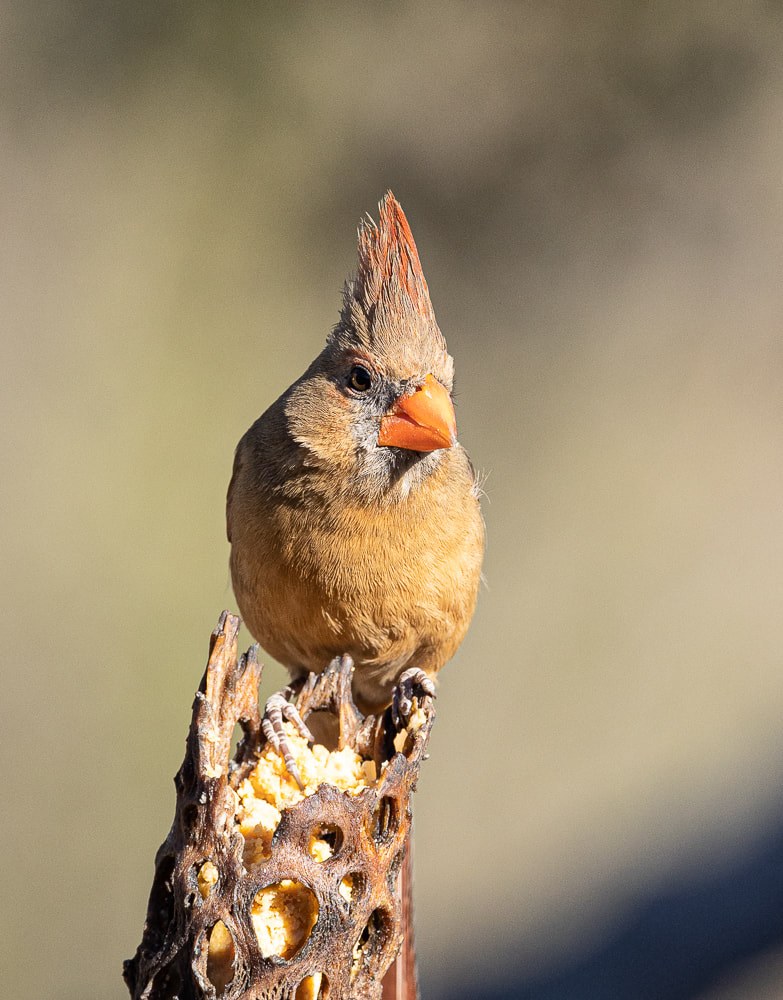


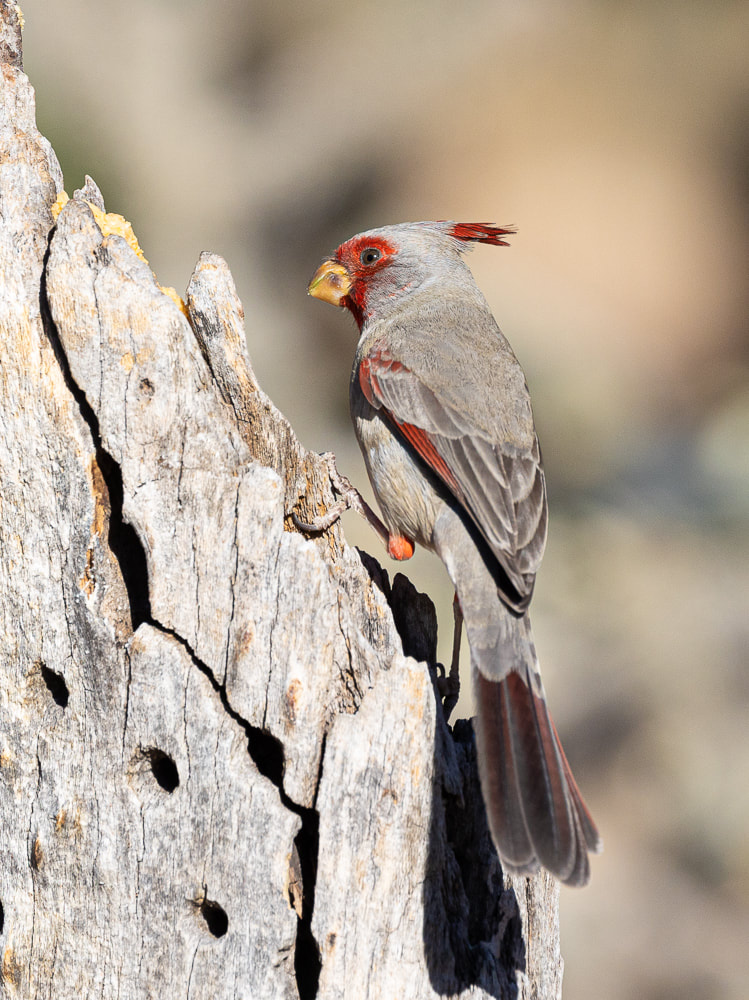








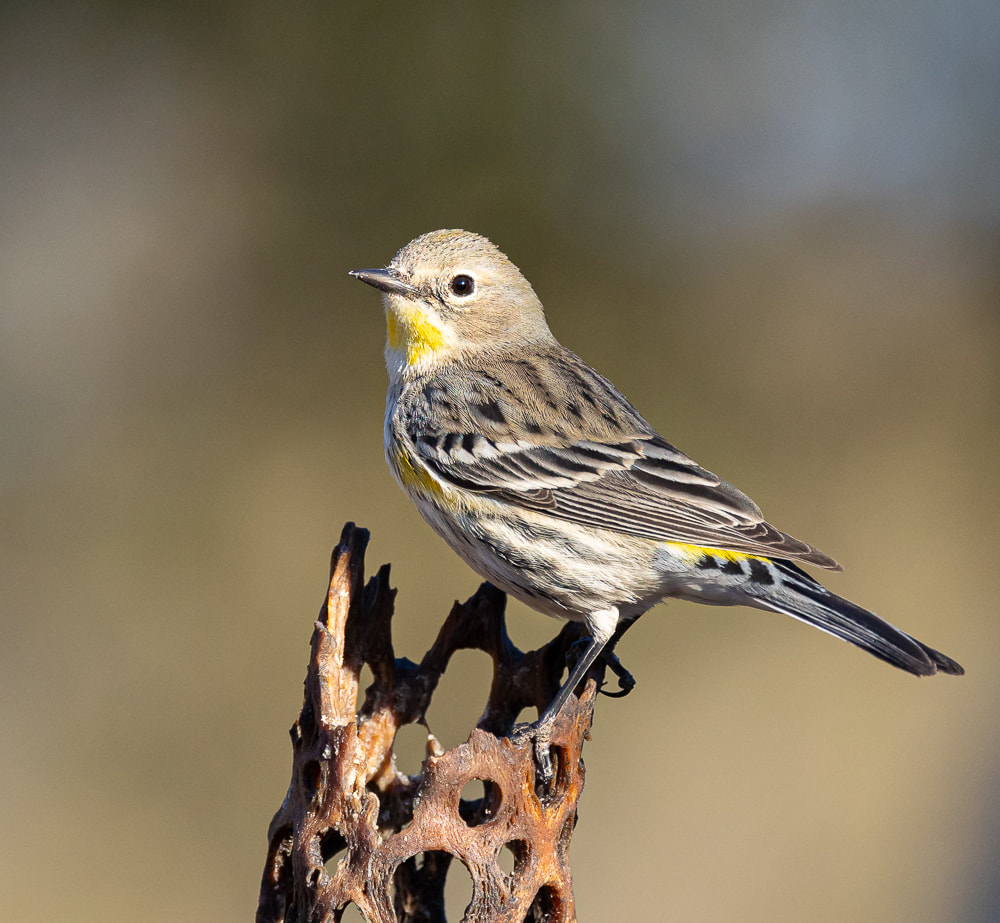



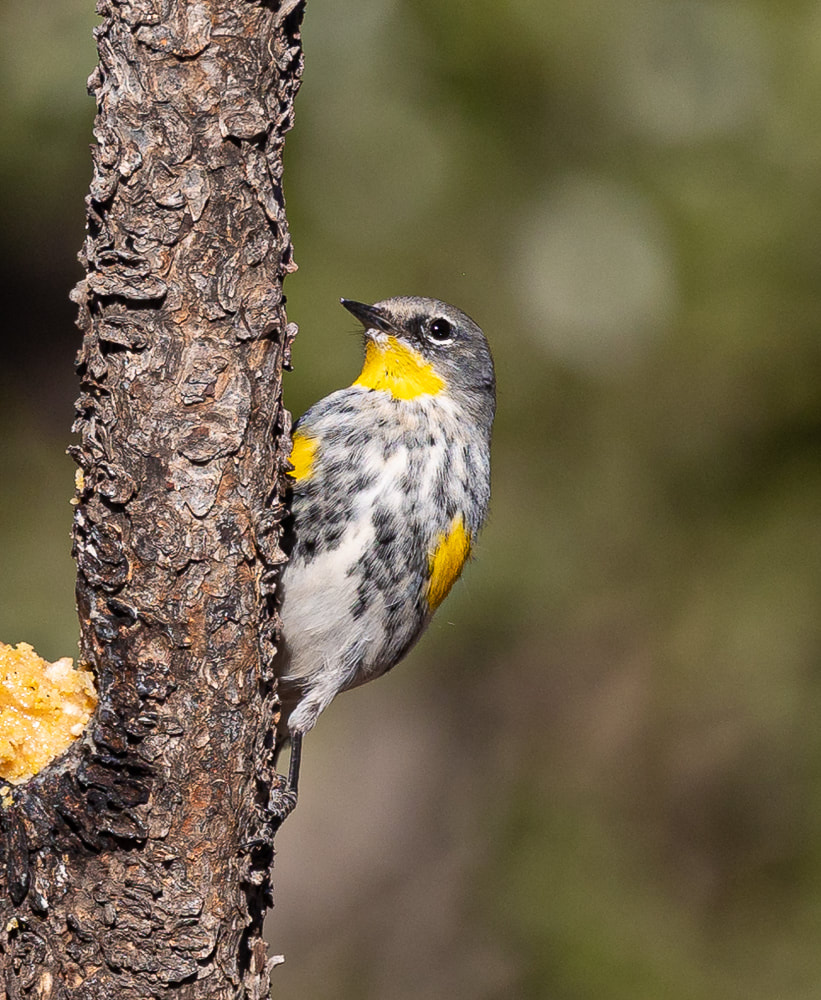


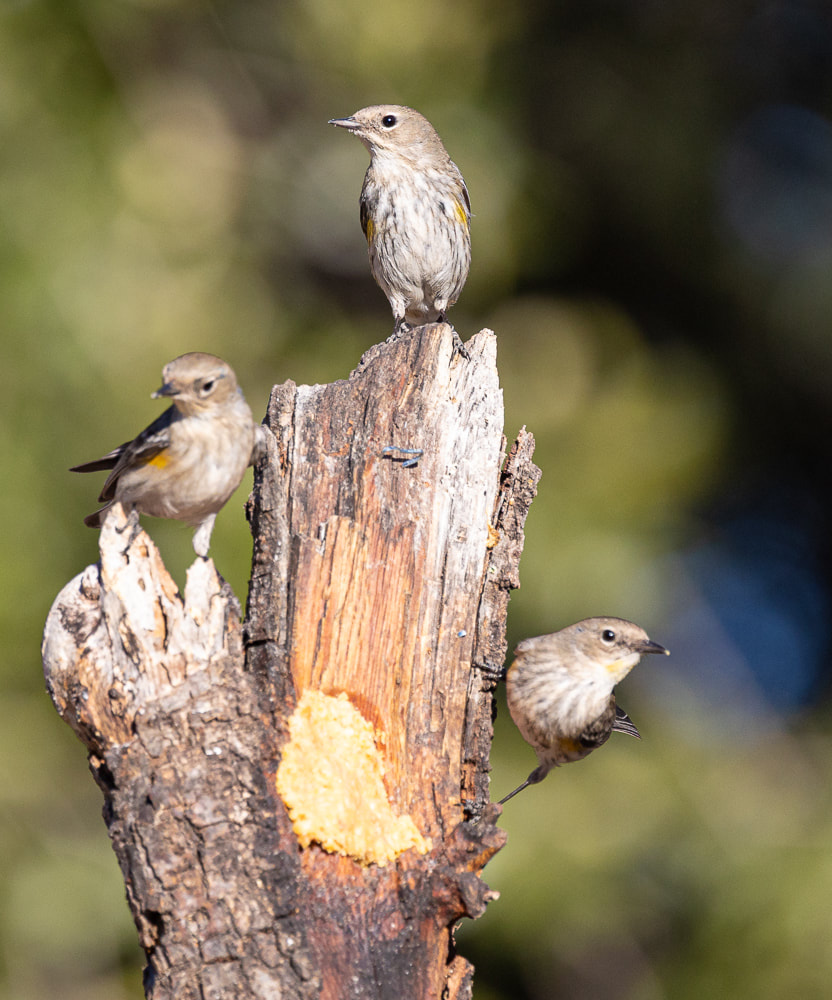
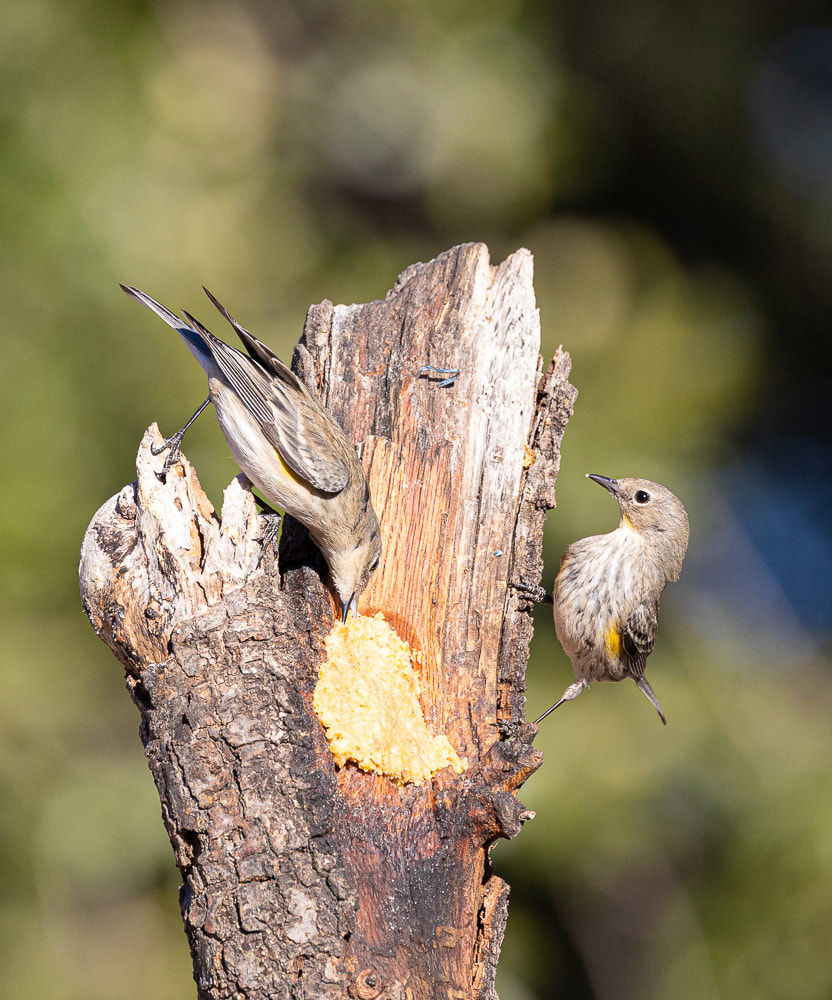






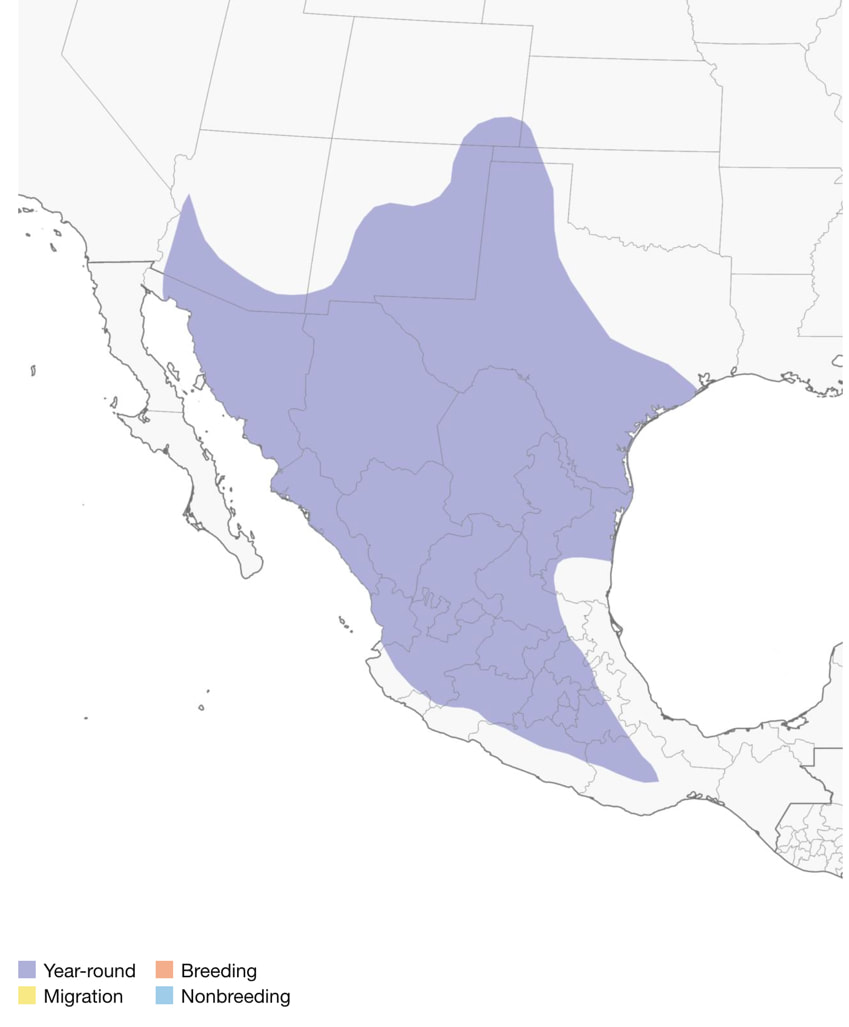














 RSS Feed
RSS Feed